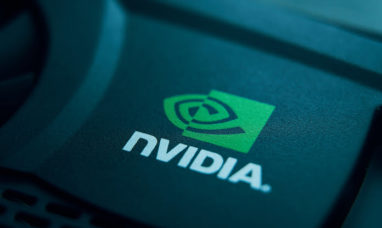Nokia Corporation (NYSE:NOK) has made an industry-first announcement with the launch of its 25G PON (Passive Optical Network) technology for the Lightspan SF-8M sealed fiber access node. These sealed fiber access nodes serve as essential components in fiber-to-the-home (FTTH) networks, directly connecting high-speed fiber optic cables to individual residences and businesses.
The Lightspan SF, featuring Nokia’s innovative Quillion chipset, offers a fiber access node that stands out with its high throughput, low latency, and exceptional deployment flexibility. This access node can be seamlessly mounted on a stand, pole, wall, or inside/outside a cabinet. Its adaptability and straightforward installation process empower operators to swiftly capitalize on commercial opportunities, thereby maximizing their revenue potential.
Notably, the passive cooling feature ensures energy efficiency and minimizes the risk of power failure. The solution also provides support for a wide array of powering options, including redundant coax or triple power (AC, DC, and RFT-V).
In today’s rapidly changing market dynamics, carriers encounter various challenges. The demand for higher bandwidth and improved service reliability is on the rise, driven by the proliferation of high-data-intensive applications. However, system upgrades can be a costly undertaking. The multigigabit sealed fiber access node, optimized for various PON technologies such as GPON, XGS-PON, Multi-PON, and 25G PON, empowers cable operators to readily meet evolving bandwidth demands and stay competitive. Furthermore, this 25G PON technology seamlessly facilitates a range of commercial use cases, including network slicing, symmetrical 10 Gb/s enterprise services, mobile transport, and more.
The conventional large centralized optical line terminals (OLTs) often grapple with issues like high latency and congestion, with a single point of failure potentially leading to widespread service disruptions. In contrast, remote, compact OLTs reduce latency by bringing the network closer to end users, enhancing overall performance and network resilience. They offer operators greater flexibility in scaling and upgrading, making them a cost-efficient option for network expansion.
Nokia holds a leadership position in the XGS-PON equipment market, powering a substantial portion of fiber broadband connections in North America. The company’s proactive approach to identifying shortcomings in legacy systems and fostering rapid innovation to address customer concerns is poised to bolster its commercial prospects.
Nokia is at the forefront of transitioning global enterprises into smart virtual networks, creating a unified network for all services that converge mobile and fixed broadband, IP routing, and optical networks, complemented by the software and services to manage them. Leveraging cutting-edge technology, Nokia is reshaping the way people and devices communicate and connect.
In its pursuit of new business and licensing opportunities in the consumer ecosystem, Nokia seeks to strengthen its leading position in the market by enabling its customers to shift from an economy-of-scale network operating model to a demand-driven one. This involves offering easy programmability and flexible automation to support dynamic operations, reduce complexity, and improve efficiency. Nokia also aims to expand its presence in targeted, high-growth, and high-margin vertical markets to tap into growth opportunities beyond its traditional core markets.
Despite the challenges, Nokia remains committed to innovation and advancement in the telecommunications and technology space, pushing the boundaries of what’s possible in connectivity.
In the past year, the stock has faced a decline of 20%, while the industry has experienced a 5% decrease.
Featured Image: Unsplash









